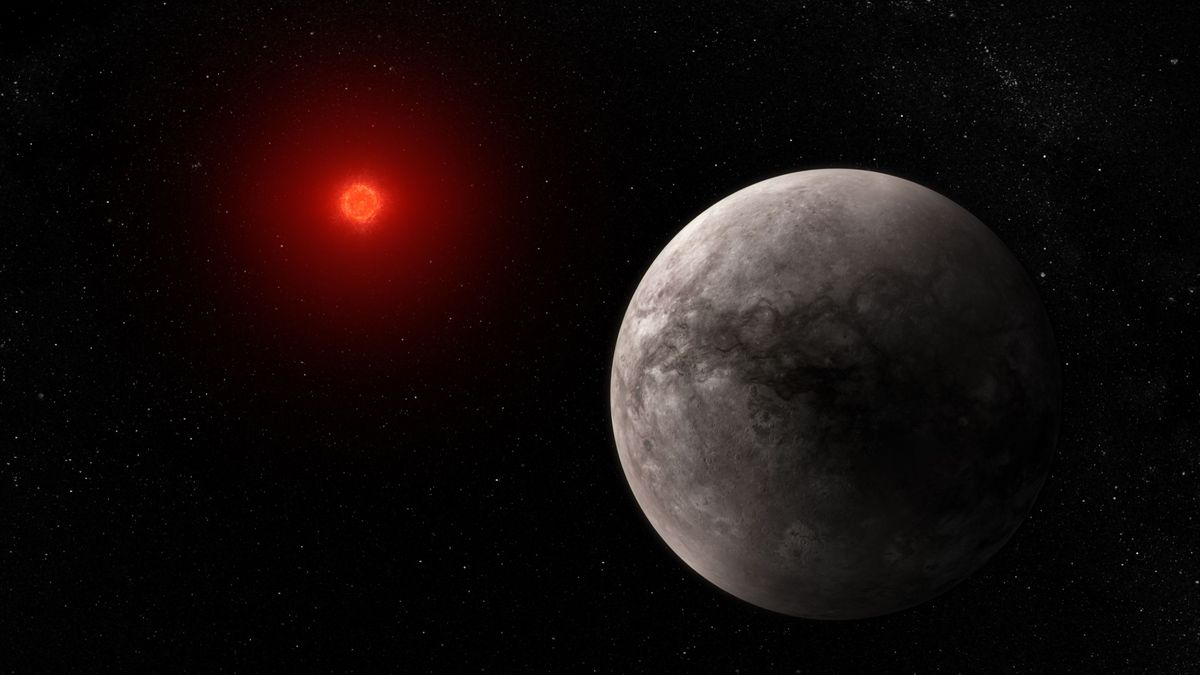James Webb telescope detects light from a small, Earth-like planet -- and finds it's missing its atmo [View all]
James Webb telescope detects light from a small, Earth-like planet — and finds it's missing its atmosphere
By Briley Lewis published 44 minutes ago
NASA's James Webb Space Telescope measured the temperature of the Earth-like planet TRAPPIST-1b and found that it is too hot for humans and likely has no atmosphere.

An illustration of the rocky, Earth-like planet TRAPPIST 1-b, with its small red sun blazing in the distance. (Image credit: NASA, ESA, CSA, J. Olmsted (STScI))
Five years ago, NASA's infrared Spitzer Space Telescope helped discover a family of seven rocky exoplanets orbiting the same star, known as TRAPPIST-1. Now, NASA's new infrared powerhouse — the James Webb Space Telescope (JWST) — measured the temperature of one of those worlds, TRAPPIST-1b, in new research published in the journal Nature.
The bad news: The Earth-like planet is almost certainly uninhabitable.
Astronomers used JWST's mid-infrared camera, called MIRI, to look for the planet's thermal emission — think heat-sensing "Terminator" vision. They found that TRAPPIST-1b is scorching — about 450 degrees Fahrenheit (232 degrees Celsius), about the temperature of an oven — and that it likely lacks an atmosphere.
The discovery is another record-breaking first for the JWST, which has been steadily producing newsworthy results since its launch.
"This is the first detection of any form of light emitted by an exoplanet as small and as cool as the rocky planets in our own solar system," NASA officials said in a statement.
More:
https://www.livescience.com/james-webb-telescope-detects-light-from-a-small-earth-like-planet-and-finds-its-missing-its-atmosphere
